M/Y Monserrat Galapagos Cruise Description:
Monserrat galapagos cruise is named after the Virgin of Montserrat, patroness of Catalonia in Spain. For centuries, sailors worldwide have adopted her as their loyal companion and have revered her as their protector through their journeys at sea. Our yacht proudly carries its name as an amulet for both our sailors and guests. Originally conceived as a fishing yacht, today it has been fully refurbished to offer first class accommodations and services for 20 guests.
This will allow you to explore the islands in the most comfortable way. Cabin equipment: All cabins have twin or matrimonial beds (no bunk beds), air conditioning, closets, and private bathrooms with showers and hot water. All cabins have amenities and goodies such as: soap, shampoo, hair conditioner, hair dryer, towels, clothes hangers and 110V / 60Hz outlets. Services on board: The main deck offers a comfortable lounge with a big screen TV, DVD player, a library and board games. The main deck also offers a bar, a boutique, and an ample dining room. The solarium offers great area for you to enjoy some sun and a cocktail. Our cruise director will make sure all your needs are met, and that this will be an unforgettable experience.
KEY FEATURES
- Spacious top deck with a bar, a large sundeck and a comfortable dining room and lounge area for relaxing
- Snorkelling equipment and beach towels included at no extra charge. Wetsuits available for rent.
- Outstanding local and international cuisine served onboard.
- Eleven dedicated crew members and a pair of expert naturalist guides
| Technical Specifications | |
|---|---|
| Type | Motor Yacht – 2005 |
| Category | First Class |
| Length | 91 feet / 30 m |
| Beam | 22 feet / 6.6 m |
| Draft | 6 feet / 2 m |
| Capacity | 20 passengers |
| Main Engines | Propeler / General Motors 340 HP |
| Electricity System | 110V and 220V |
| Speed | 12 knots |
| Hull | Fyberglass |
| Crew | 11 staff + naturalist guide |
| Accommodation |
All cabins have lower beds no bunk |
| Navigation Equipment | 2 Cummins engines, Generator, 110 AC VHF UHF marine radios, eco sonda, radar, TV with VHS, refrigerator |
Deck Plans – Monserrat Galapagos Cruise
SUN DECK
- Ample shaded relaxing area
- Non – shaded relaxing area
UPPER DECK
- 6 Upper Double Bed / Twin Cabins with large windows overlooking the ocean
- Non – Shaded relaxing area
MAIN DECK
- Main Lounge for briefings and lectures
- Bar
- Dining Hall
- Kitchen
LOWER DECK
- 2 Lower Deck Double Bed Cabins with Portholes
- 2 Lower Deck Twin Bed Cabins with Portholes
4 DAYS / 3 NIGHTS
| MONDAY – THURSDAY | |
|
DAY 1 MONDAY |
PM: Arrival to San Cristobal Island Airport PM: Tijeretas Hill & Interpretation Center |
|
DAY 2 TUESDAY |
AM: Gardner Bay (Española Island) PM: Suarez Point (Española Island) |
|
DAY 3 WEDNESDAY |
AM: Cormorant Point (Floreana Island) PM: Post Office Bay (Floreana Island) |
|
DAY 4 THURSDAY |
AM: Charles Darwin Station (Santa Cruz Island) AM: Transfer to Baltra Island Airport |
| THURSDAY – SUNDAY | |
|
DAY 1 THURSDAY |
PM: Arrival to Baltra Island Airport PM: Santa Cruz Highlands Excursion |
|
DAY 2 FRIDAY |
AM: Dragon Hill PM: Chinese Hat |
|
DAY 3 SATURDAY |
AM: El Barranco (Genovesa Island) PM: Darwin Bay (Genovesa Island) |
|
DAY 4 SUNDAY |
AM: Black Turtle Cove Excursion AM: Transfer to Baltra Island Airport |
5 DAYS / 4 NIGHTS
| SUNDAY – THURSDAY | |
|
DAY 1 SUNDAY |
PM: Arrival to Baltra Island Airport PM: Bachas Beach (Santa Cruz Island) |
|
DAY 2 MONDAY |
AM: Tagus Cove (Isabela Island) PM: Urbina Bay (Isabela Island) |
|
DAY 3 TUESDAY |
AM: Espinoza Point (Fernandina Island) PM: Vicente Roca Point (Isabela Island) |
|
DAY 4 WEDNESDAY |
AM: Puerto Egas Visit (Santiago Island) PM: Playa Espumilla (Santiago Island) PM: Buccaneer Cove Visit (Santiago Island) |
|
DAY 5 THURSDAY |
AM: North Seymour Island AM: Departure from Baltra Island Airport |
| THURSDAY – MONDAY | |
|
DAY 1 THURSDAY |
PM: Arrival to Baltra Island Airport PM: Santa Cruz Highlan |
|
DAY 2 FRIDAY |
AM: Rabida Island PM: Bartolome Island |
|
DAY 3 SATURDAY |
AM: South Plazas Island PM: Santa Fe Island |
|
DAY 4 SUNDAY |
AM: Punta Pitt (San Cristobal Island) PM: Cerro Brujo (San Cristobal Island) |
|
DAY 5 MONDAY |
AM: Lobos Island AM: Departure from San Cristobal Island Airport |
7 DAYS / 6 NIGHTS
| MONDAY – SUNDAY | |
|
DAY 1 MONDAY |
PM: Arrival to San Cristobal Island Airport PM: Tijeretas Hill & Interpretation Center |
|
DAY 2 TUESDAY |
AM: Gardner Bay (Española Island) PM: Suarez Point (Española Island) |
|
DAY 3 WEDNESDAY |
AM: Cormorant Point (Floreana Island) PM: Post Office Bay (Floreana Island) |
|
DAY 4 THURSDAY |
AM: Charles Darwin Station (Santa Cruz Island) PM: Santa Cruz Highlands Excursion |
|
DAY 5 FRIDAY |
AM: Dragon Hill PM: Chinese Hat |
|
DAY 6 SATURDAY |
AM: El Barranco (Genovesa Island) PM: Darwin Bay (Genovesa Island)
|
|
DAY 7 SUNDAY |
AM: Black Turtle Cove Excursion AM: Transfer to Baltra Island Airport
|
8 DAYS / 7 NIGHTS
| THURSDAY – THURSDAY | |
|
DAY 1 THURSDAY |
PM: Arrival to Baltra Island Airport PM: Santa Cruz Highlands Excursion |
|
DAY 2 FRIDAY |
AM: Rabida Island PM: Bartolome Island |
|
DAY 3 SATURDAY |
AM: South Plaza Island PM: Santa Fe Island |
|
DAY 4 SUNDAY |
AM: Punta Pitt (San Cristobal Island) PM: Cerro Brujo (San Cristobal Island) |
|
DAY 5 MONDAY |
AM: Lobos Island PM: Tijeretas Hill & San Cristóbal Interpretation Center |
|
DAY 6 TUESDAY |
AM: Gardner Bay (Española Island) PM: Suarez Point (Española Island) |
|
DAY 7 WEDNESDAY |
AM: Cormorant Point (Floreana Island) PM: Post Office Bay (Floreana Island) |
|
DAY 8 THURSDAY |
AM: Charles Darwin Station (Santa Cruz Island) AM: Transfer to Baltra Island Airpo |
| THURSDAY – THURSDAY | |
|
DAY 1 THURSDAY |
PM: Arrival to Baltra Island Airport PM: Santa Cruz Highlands Excursion |
|
DAY 2 FRIDAY |
AM: Dragon Hill PM: Chinese Hat |
|
DAY 3 SATURDAY |
AM: El Barranco (Genovesa Island) PM: Darwin Bay (Genovesa Island) |
|
DAY 4 SUNDAY |
AM: Black Turtle Cove Excursion PM: Bachas Beach (Santa Cruz Island) |
|
DAY 5 MONDAY |
AM: Tagus Cove (Isabela Island) PM: Urbina Bay (Isabela Island) |
|
DAY 6 TUESDAY |
AM: Espinoza Point (Fernandina Island) PM: Vicente Roca Point (Isabela Island) |
|
DAY 7 WEDNESDAY |
AM: Puerto Egas Visit (Santiago Island) PM: Playa Espumilla (Santiago Island) PM: Buccaneer Cove Visit (Santiago Island) |
|
DAY 8 THURSDAY |
AM: North Seymour Island AM: Departure from Baltra Island Airport |
NOTE: Cruise Itinerary is subject to change due to Galapagos National Park dispositions or to circumstances beyond our control (force majeure).
Above prices include:
Transfers in Galapagos.
Accommodation in double cabins.
All meals during the cruise.
Professional Bilingual Guide.
Visits & Excursions specified in the itinerary.
Guidance by Bilingual Naturalist Guide
Above prices do not include:
Local flight to/from Galapagos
Galapagos National Park Entrance Fee US$ 100.00
Galapagos Transit card: US$ 20.00
Soft & alcoholic Drinks
Tips
Services not indicated
Medical & Travel Insurance
♦ Children discount (under 12 years old): 25%
♦ Christmas, New Year’s, Easter and Carnival Supplement
♦ Single Supplement (if not sharing cabin): 80%
♦ Ask for charter departures
Please be aware that the prices vary consistently due to promotions and Galapagos last minute deals, so in order to GET THE BEST PRICE for the dates you desire please fill out the request form below.
After doing so, we will send you the absolute best prices for the dates that you indicate.

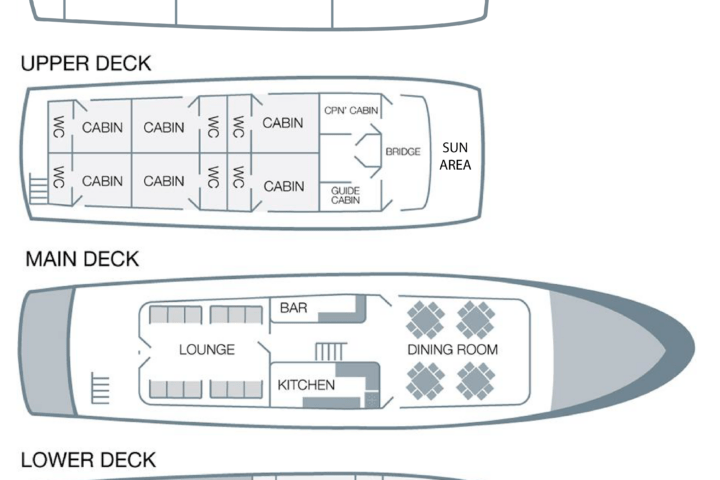
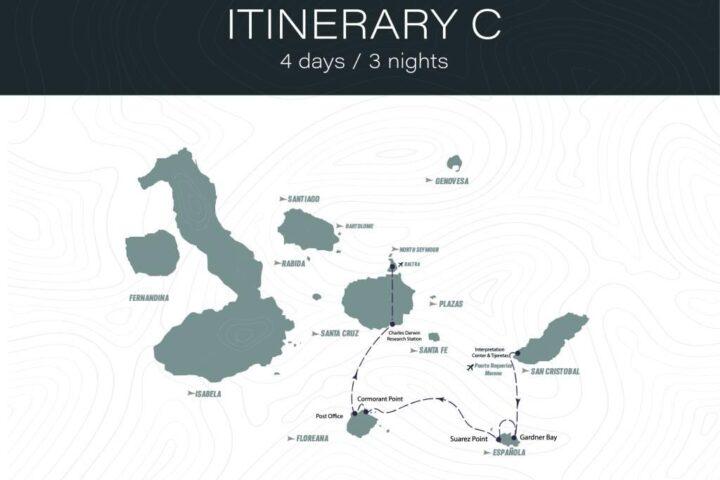
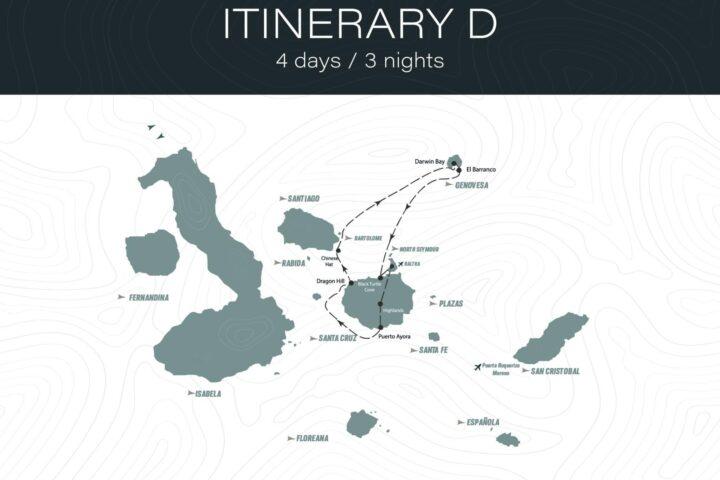
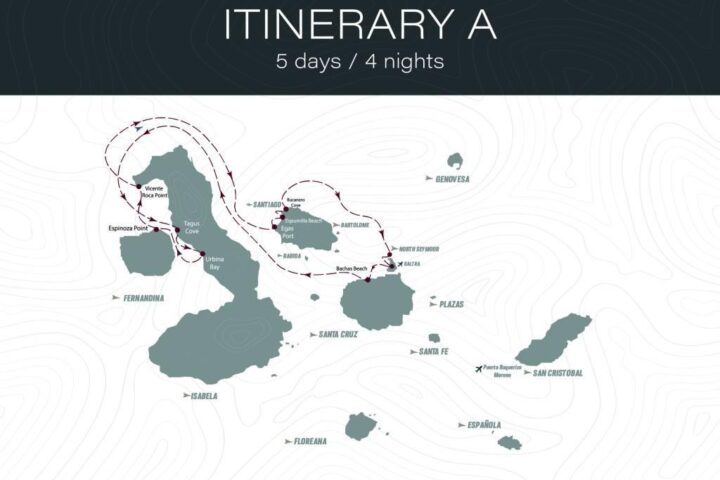
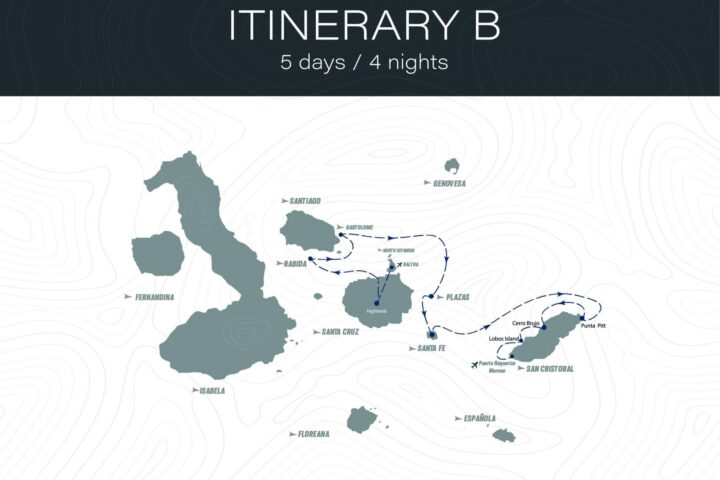
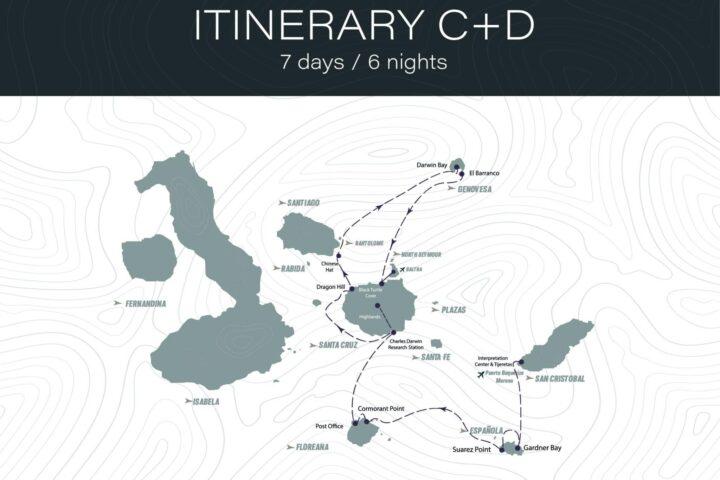
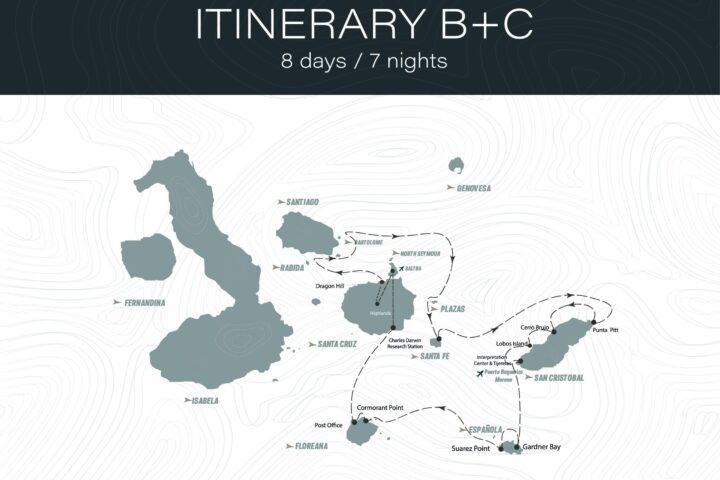
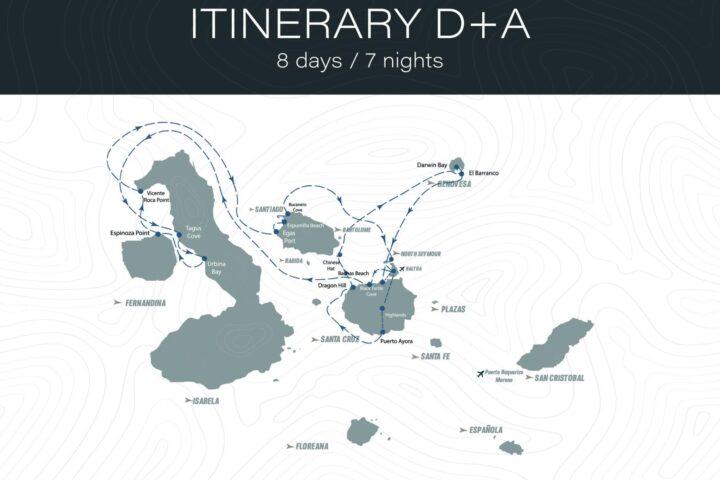
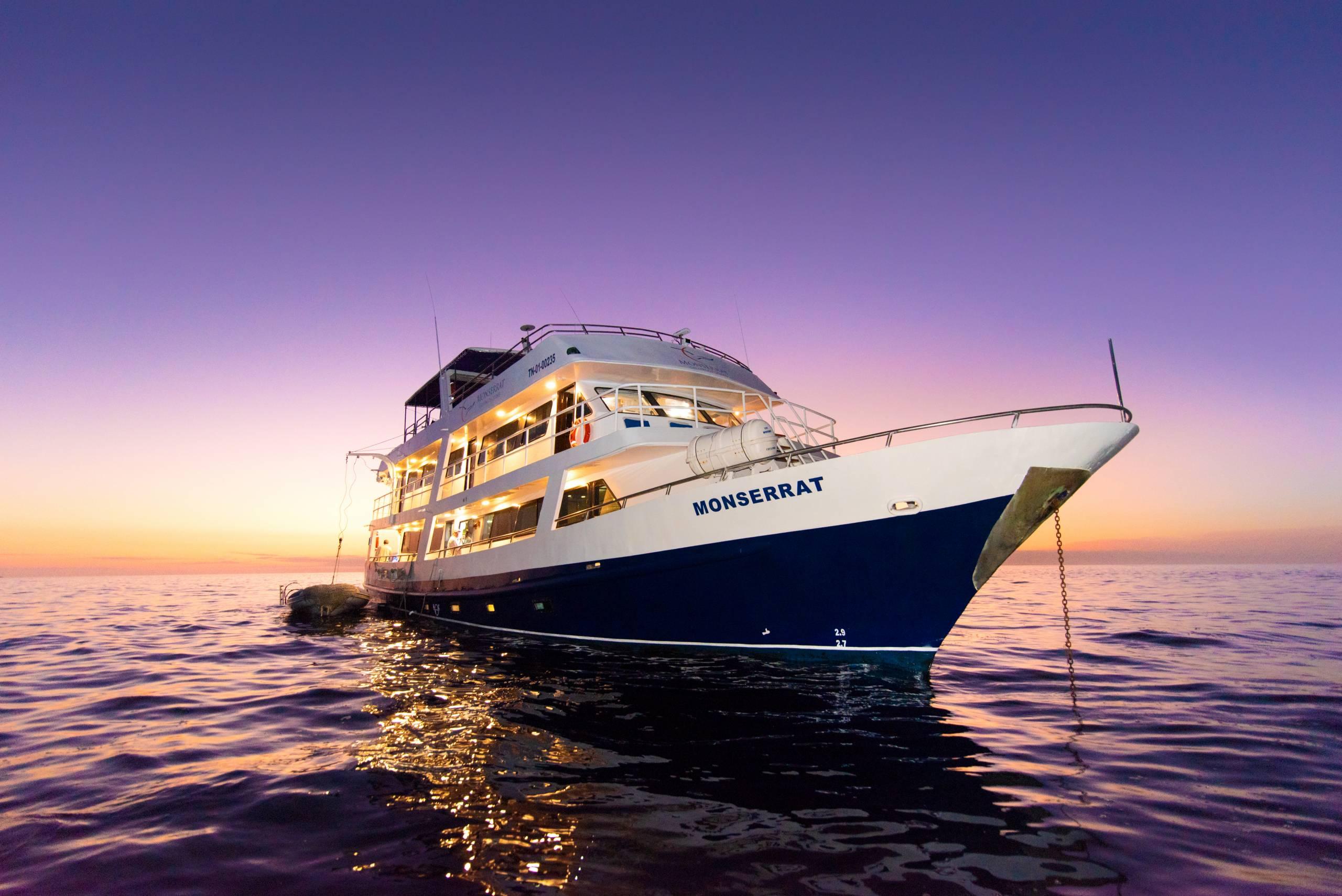
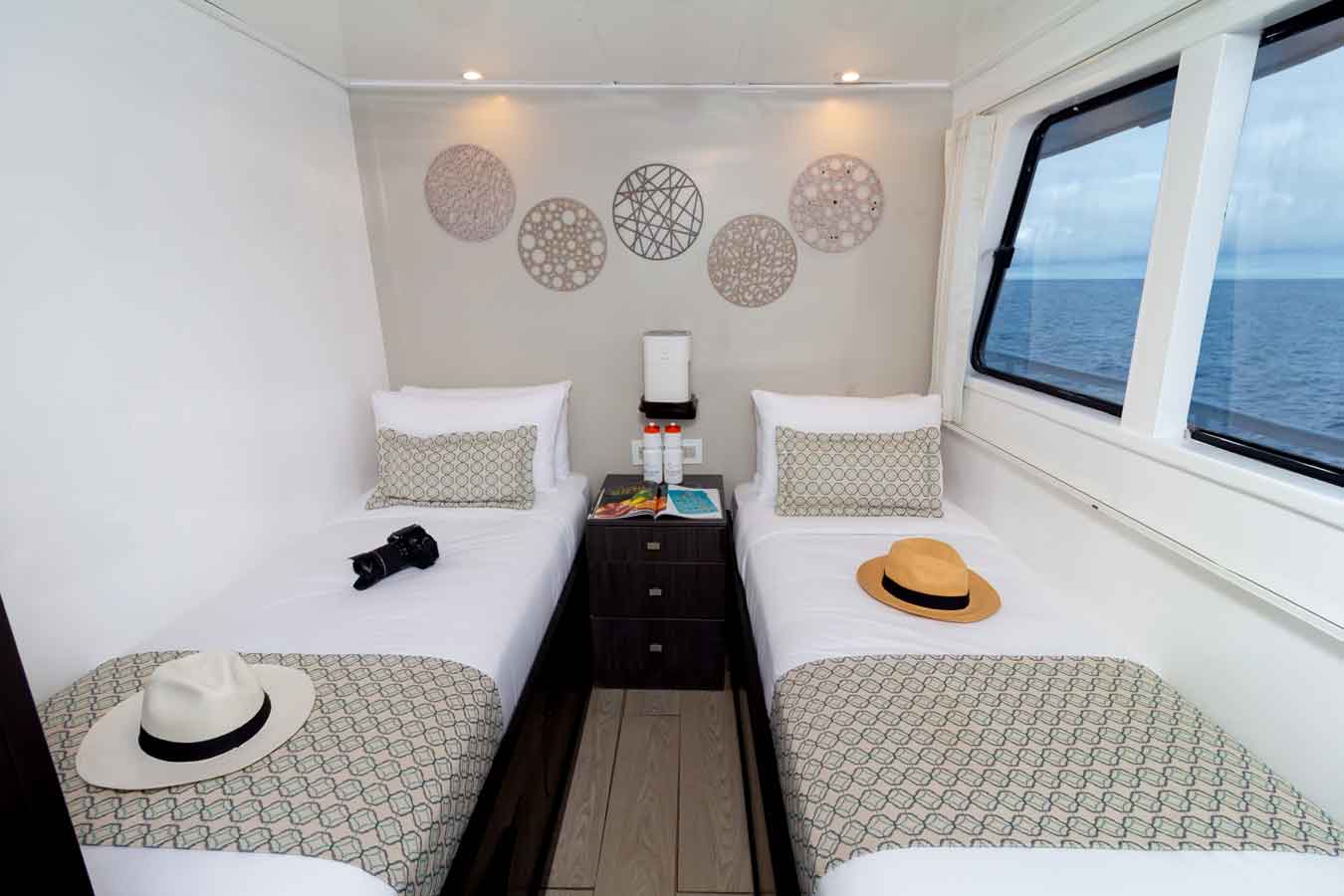
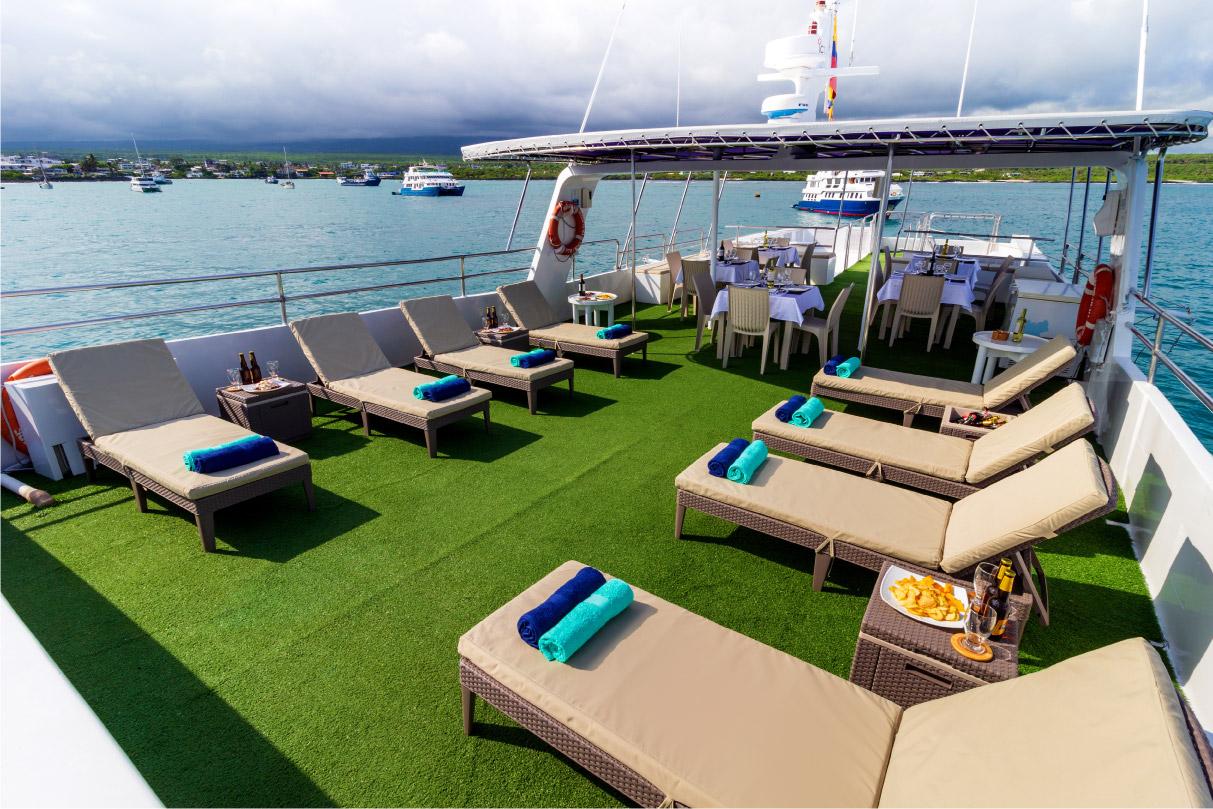
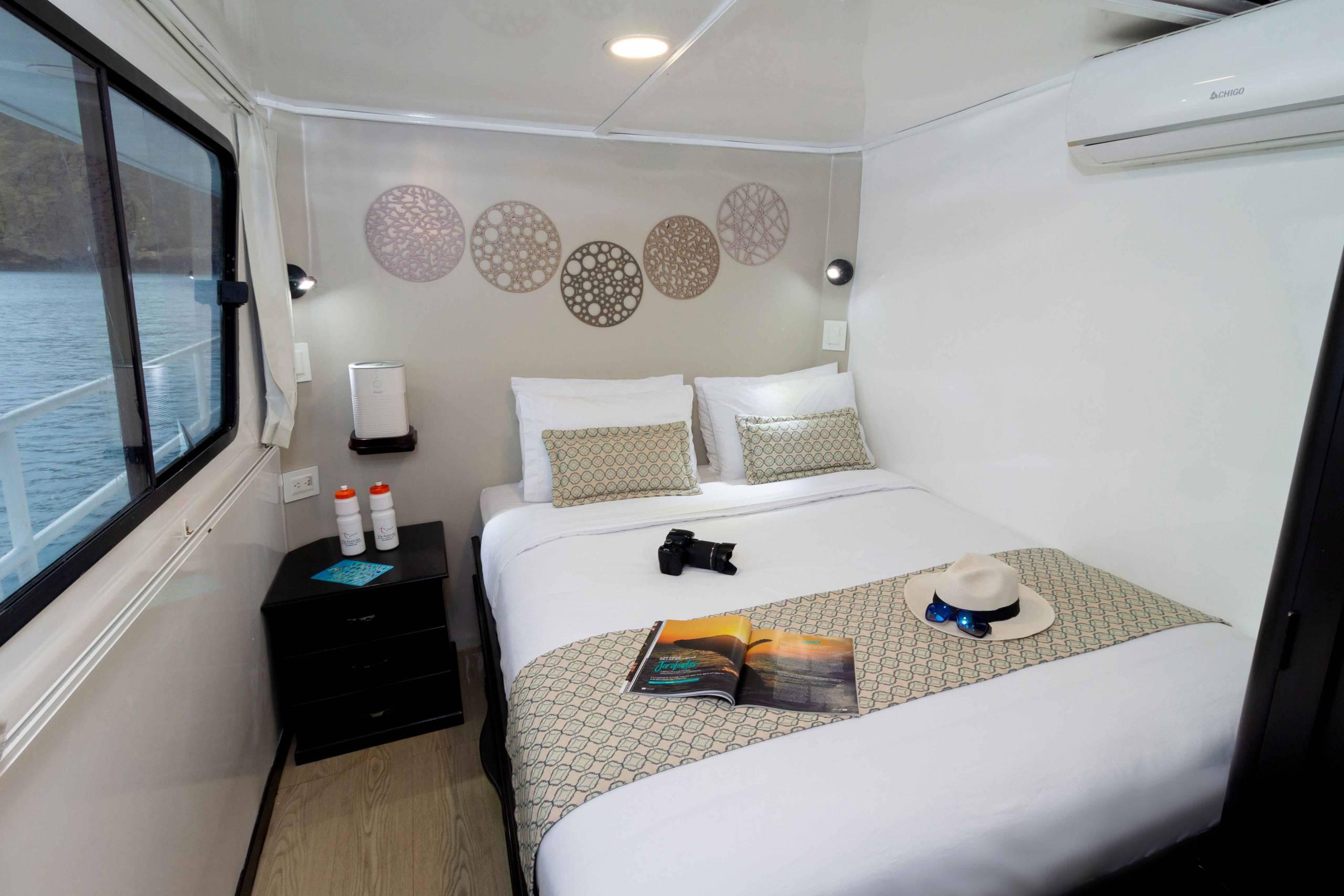
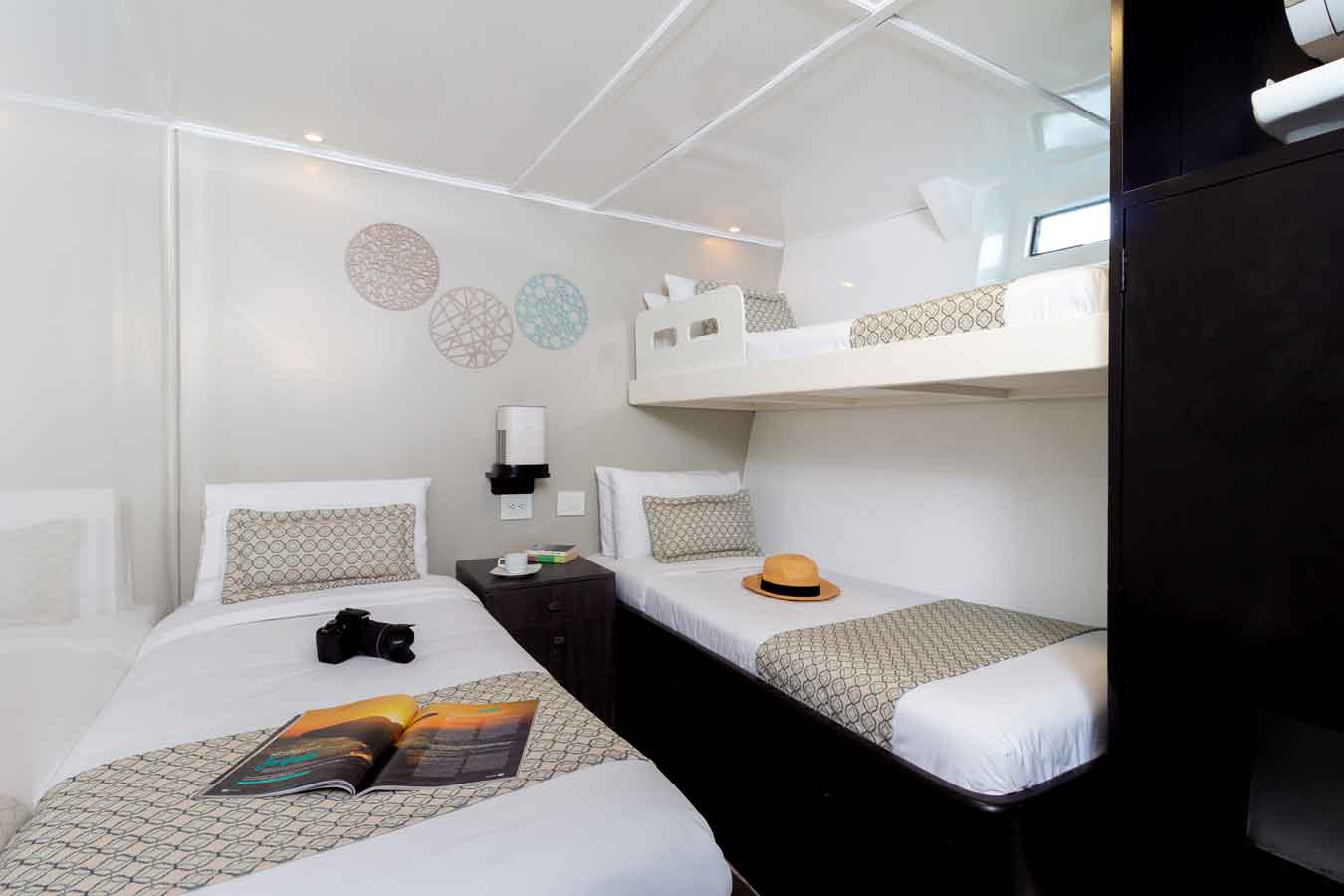
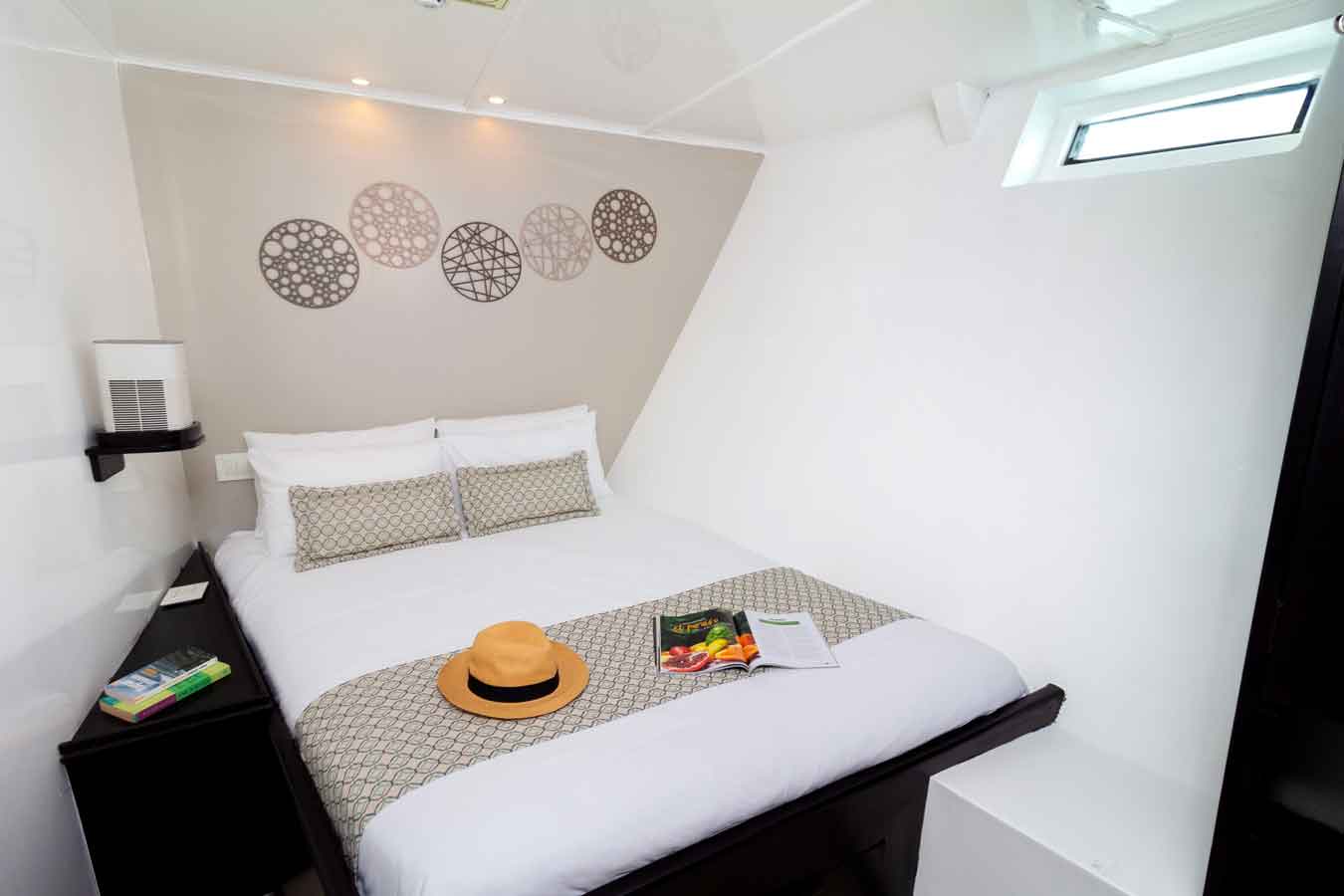
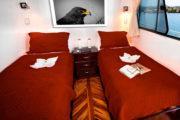
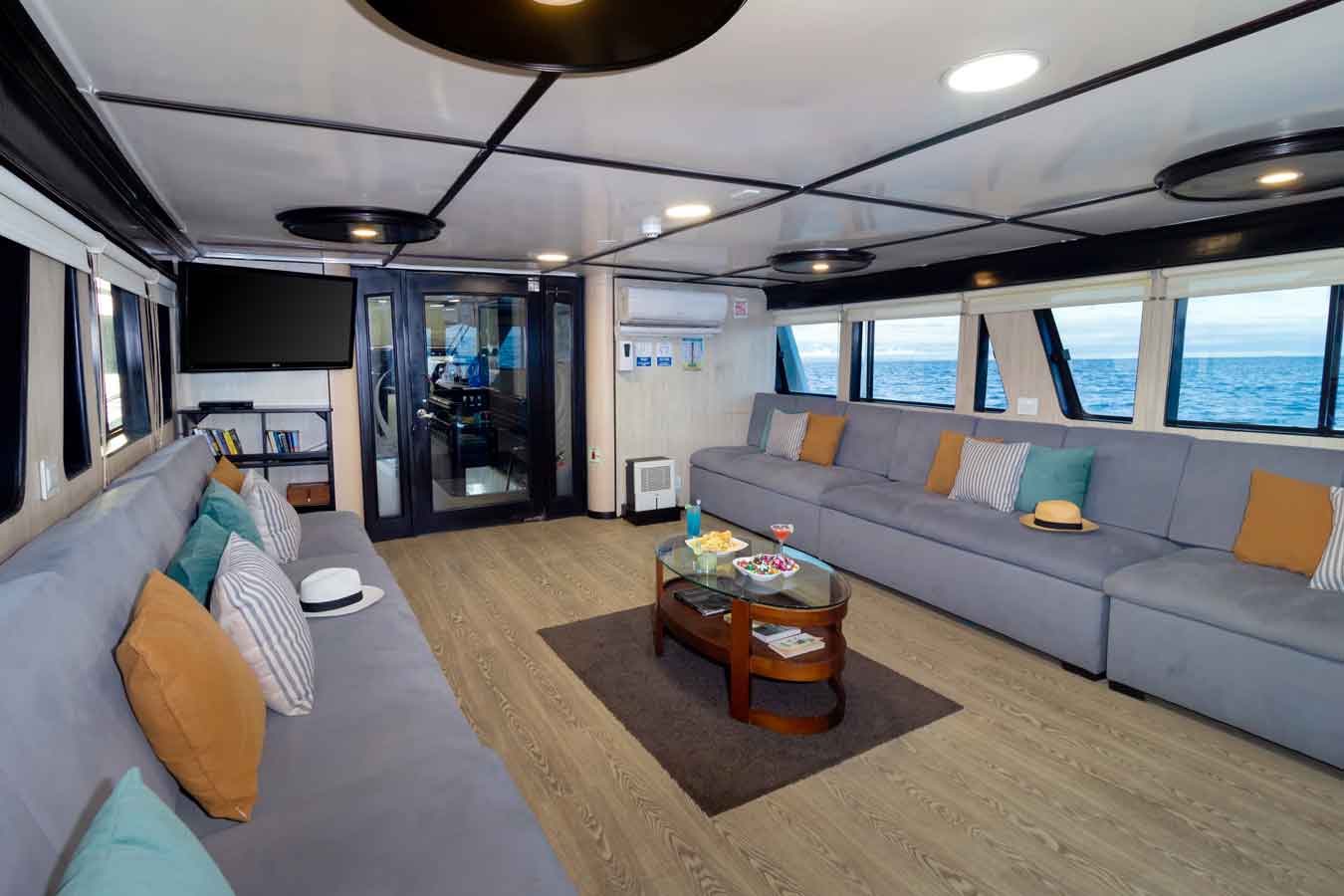
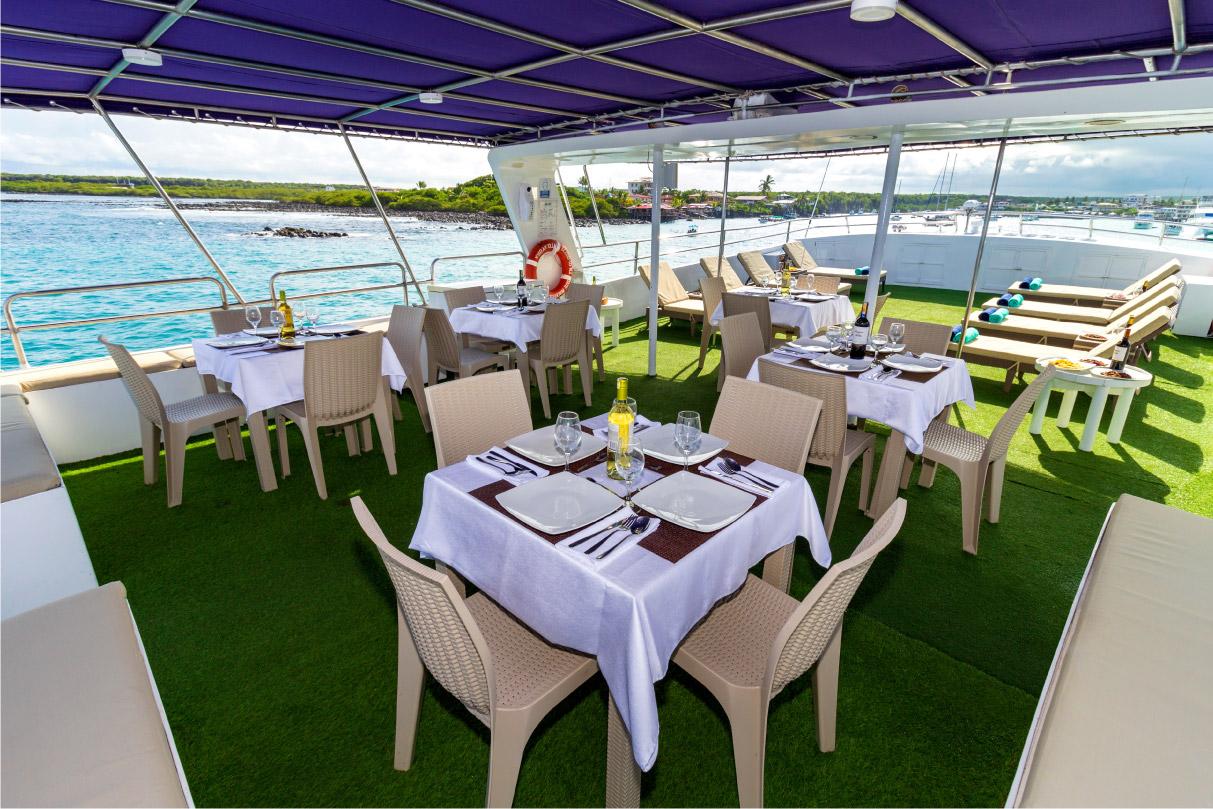
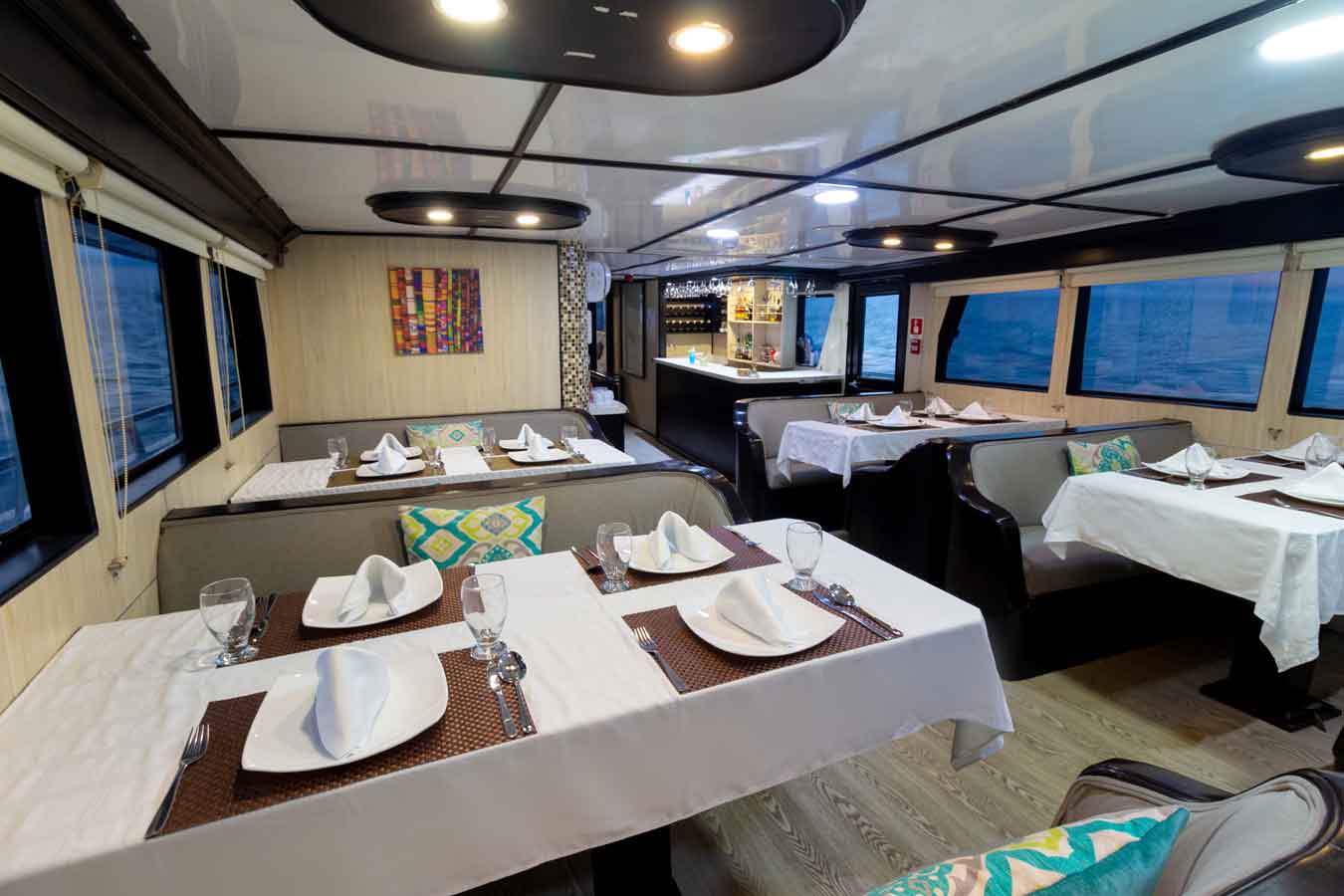
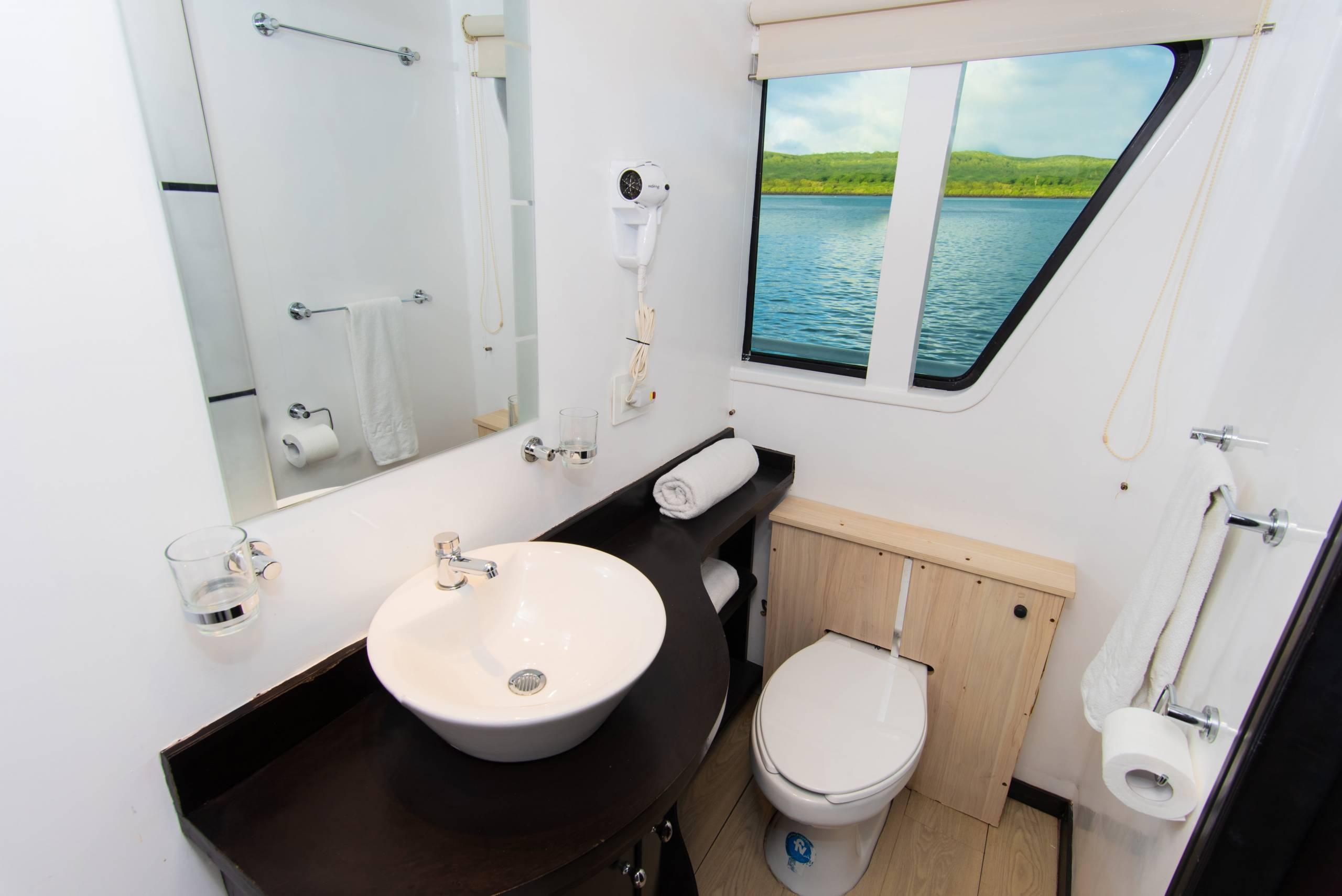
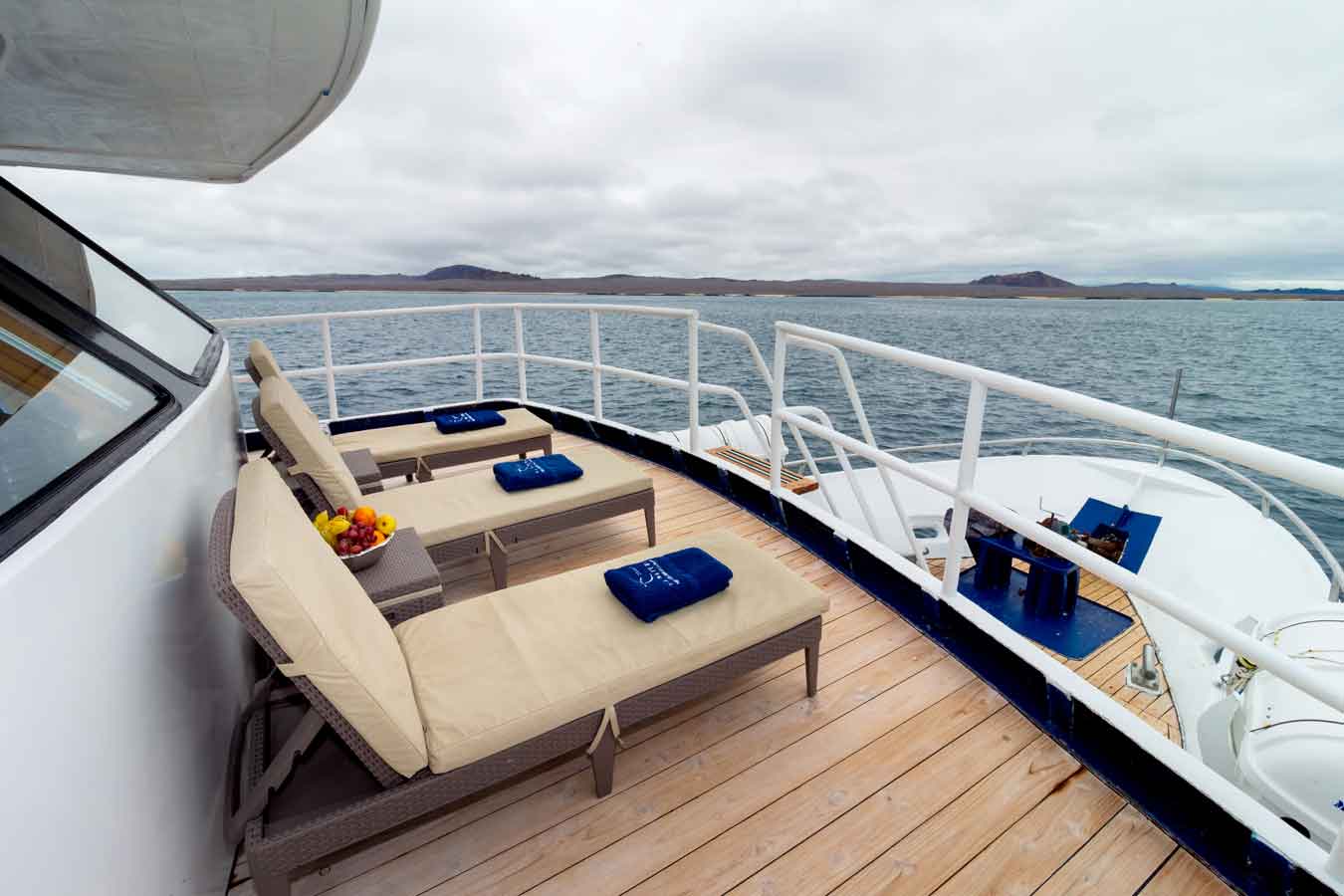
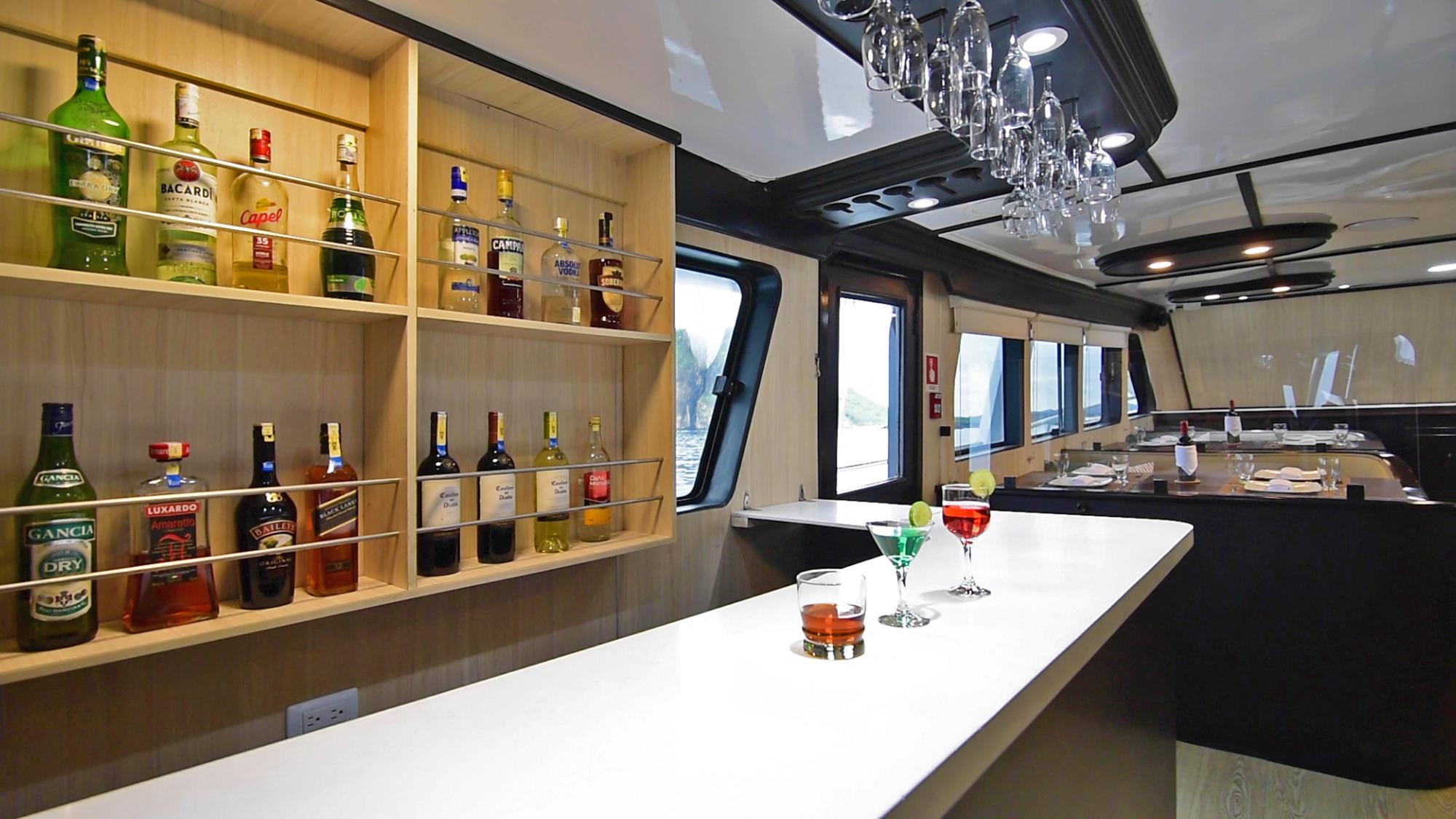
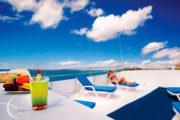
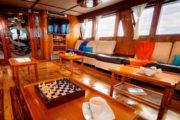
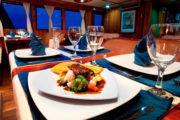

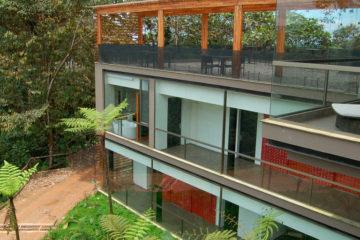
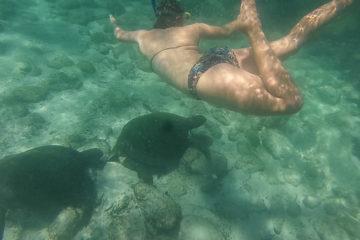

Tour Reviews
There are no reviews yet.
Leave a Review